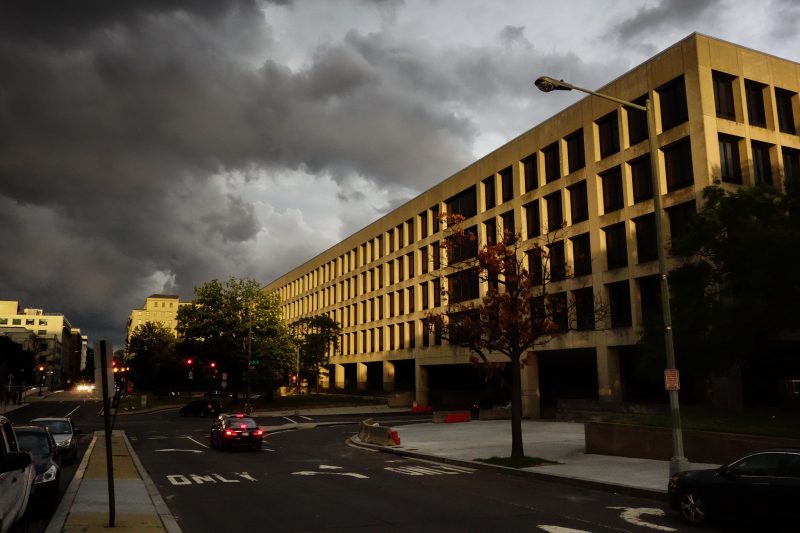Final OSHA Recordkeeping Rollback Goes to OMB Review

SHA just made history. For the first time in human memory, an OSHA regulation has gone over to the White House for OMB review earlier than predicted in the Regulatory Agenda.
You may recall last July, OSHA proposed to rescind the part of the agency’s “Electronic Recordkeeping” regulation, issued under the Obama administration, that would have required certain employers to send to OSHA detailed information on injuries and illnesses from the OSHA 300 Form and the more detailed 301 form.
The Fall 2018 Regulatory agenda had predicted that the regulation would go over to OMB’s Office of Information and Regulatory Affairs (OIRA) on time for the standard to be issued in June 2019. OIRA is generally given 90 days to review a standard or regulation and often takes longer. In order to meet the June schedule, OSHA would have had to send it to OIRA by the end of March. The agency is running three months ahead of schedule.
Now, as I’ve said many times, no matter what party controls the agency. OSHA almost never meets — much less exceeds — the schedule set in the Regulatory Agenda, especially in the middle of a Presidential term when there’s no pressure to finalize regulations before the clock runs out. Everything always takes longer than expected and other priorities tend to get in the way.
So, you might ask, what’s the rush?
One answer may be that it just didn’t take very long to analyze the comments submitted on the proposal. The comment period just closed at the end of September, less than three months ago. Of course, it may not have taken very long because OSHA’s argument in favor of repealing the requirements had no substance. Using its best Orwellian reasoning, OSHA’s press release announcing the rollback portrayed it as an effort to “better protect” workers’ confidential information by keeping that information out of the possession of OSHA and protected from possible future changes in what’s allowed in a Freedom of Information Act (FOIA) request. FOIA currently exempts confidential worker and employer information from public disclosure.
What OSHA seemed to have overlooked in its proposal, however, is that the regulation never required employers to send confidential information into the agency in the first place. Instead of an effort to better protect workers’ confidential information, OSHA proposed a poorly justified attempt to protect employers from having to reveal potentially embarrassing information.
There were also some half-baked economic arguments that OSHA attempted to use, but not much real substance there either.
(If you’re interested in a comprehensive view of why the proposal was “unsupported by any evidence provided by OSHA,” you can read the comments on the proposal prepared by former OSHA head David Michaels, former MSHA Deputy Greg Wagner and myself here.)
So maybe the agency realized that they had no grounds to roll back the regulation in the first place, and they’ve decided to just make a few cosmetic changes and call it a day.
That might be wishful thinking.
Why else would OSHA be rushing? What has changed since the Fall Regulatory Agenda was released last October? Bingo! The loss of at least 40 Congressional seats and Republican control of the House of Representatives.
What’s clear is that OSHA’s quick action will not be in the public interest; certainly not in the interest of workers who have a need and a right to know more about who is getting hurt in American workplaces and how.
So is OSHA trying to get the White House to approve the final rollback in the next couple of weeks before the new Congress takes over? That would be unprecedented speed for OIRA action and indicative of ulterior motives. (It would also ruin the vacation plans of many OIRA staffers, but anything for the Administration’s supporters.)
It’s not clear what a Democratically controlled House of Representatives could do about the regulatory change in any case, aside from holding oversight — something that hasn’t existed for the last two years.
Curious Congresspersons may want to know, for example, why the agency is not implementing a rule that is still on the books and hasn’t been modified or repealed yet.
Or is OSHA trying to beat the March deadline for sending in the 2018 injury and illness data? Seems like a likely reason in case a court asks why an agency is not implementing a duly issued regulation. Rushing a final regulation through would make that question mute — although still open to legal challenge after it is issued.
What’s clear is that OSHA’s quick action will not be in the public interest; certainly not in the interest of workers who have a need and a right to know more about who is getting hurt in American workplaces and how. And if they stop to think about it, access to this information will help employers as well.
***
Reposted from Confined Space

